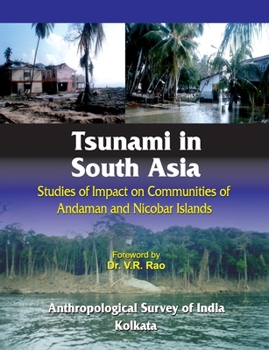Tsunami in South Asia: Studies of Impact on Communities of Andaman and Nicobar Islands
The Anthropological Survey of India undertook a significant initiative titled the Impact Assessment of Tsunami in the immediate aftermath of the devastating 2004 tsunami. The primary objective of the study was to document the number of surviving, deceased, and missing individuals across affected communities. In addition, data were collected on physical injuries to assess both short- and long-term morbidity impacts on the population.
A major focus was also placed on evaluating the extent of damage to people's livelihoods. Given that the Andaman and Nicobar archipelago is home to six distinct tribal groups, special attention was given to recording oral traditions related to tsunamis and earthquakes, as well as the survival strategies adopted by these communities. On the environmental front, the study aimed to document geomorphological and ecological changes in the region and create comparative pre- and post-tsunami notional maps.
To achieve these goals, thirteen locations across the archipelago were carefully selected, considering both tribal and non-tribal populations and the geographic diversity of the islands. The communities studied included the Jarawa, Great Andamanese, Sentinelese, Nicobarese, Onges, Shompen, and settlers of Wandoor. Fieldwork was exceptionally challenging due to damaged infrastructure and unhygienic conditions. Despite these difficulties, researchers collected valuable data. This book presents the findings from the first phase of the study, conducted in January and February 2005.





